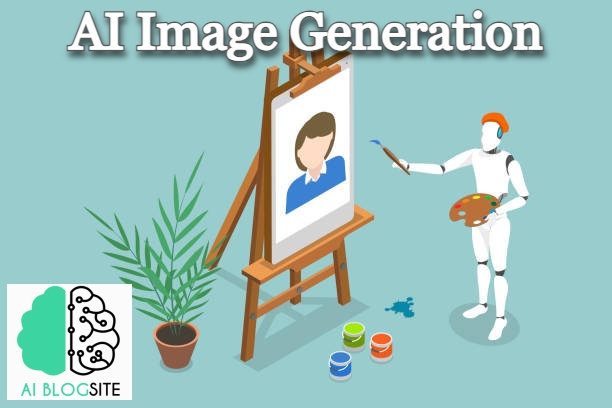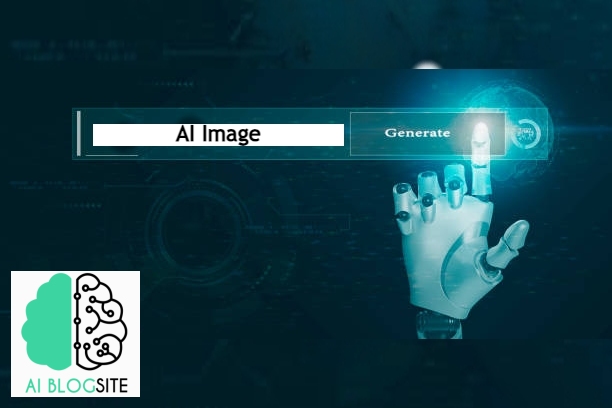Discover the wonders of AI image generation and how it revolutionizes creative processes. Unleash creativity with lifelike images generated by artificial intelligence algorithms.
Understanding AI Image Generation Technology
The world of technology is constantly evolving, and one of the most exciting advancements in recent years is the field of AI image generation. This revolutionary technology uses artificial intelligence algorithms to create stunning and lifelike images that were once only possible with the skill and expertise of a human artist. In this article, we will explore what AI image generation is, why it is used, and the incredible possibilities it offers.
AI image generation is a cutting-edge technology that leverages artificial intelligence algorithms to create realistic images from textual descriptions or incomplete visual input. This technology has gained significant traction in various industries, including design, gaming, and e-commerce, due to its ability to automate and streamline the creative process.
What is AI Image Generation?
AI image generation, also known as generative adversarial networks (GANs), is a technique in artificial intelligence that involves training a computer program to generate realistic images from scratch. It involves two main components: a generator and a discriminator. The generator creates new images based on a given dataset, while the discriminator evaluates the generated images and provides feedback to improve the generator’s output.

How It Actually Works?
AI image generation utilizes deep learning models, such as Generative Adversarial Networks (GANs) and Variational Autoencoders (VAEs), to synthesize images that closely resemble real photographs. These models are trained on vast datasets of images, enabling them to learn and replicate the visual patterns and features present in the training data.
AI image generation involves a complex process that utilizes advanced machine learning algorithms. Here is a simplified overview of the steps involved:
- Training Data: The AI model is trained on a vast dataset of images, which serves as the foundation for generating new visuals. This dataset can consist of a wide range of images, such as photographs, artwork, or even abstract patterns.
- Generator and Discriminator: The generator, as the name suggests, generates images based on random noise. The discriminator evaluates these generated images and provides feedback on their authenticity. This feedback is used to fine-tune and improve the generator’s output.
- Iterative Process: The generator and discriminator go through multiple iterations of training, with each iteration refining the output. Over time, the generator learns to create increasingly realistic images that closely resemble the training dataset.
- Fine-Tuning and Optimization: Once the AI model has been trained, it can be fine-tuned and optimized using various techniques such as transfer learning or reinforcement learning. This ensures that the generated images meet specific requirements and align with the desired visual style.
- Generating New Images: With the trained and optimized AI model, users can generate new images by inputting random noise or adjusting specific parameters. The AI model then uses its learned knowledge to create visually stunning and realistic images.
The Implications :
The emergence of AI image generation has profound implications for content creation and visual storytelling. It enables designers and artists to expedite the prototyping and ideation phase by quickly generating visual concepts based on textual descriptions. Additionally, AI image generation can assist in the creation of synthetic data for training machine learning models, augmenting the efficiency of data-driven tasks.
Related Post: AI Content Generation
The Perplexity :
The perplexity of AI image generation lies in its ability to seamlessly generate high-fidelity images from abstract input, defying traditional creative boundaries. This technology challenges the conventional notion of human creativity and raises questions about the role of machines in visual content production.
The Burstiness :
Moreover, the burstiness of AI image generation refers to its capability to produce a sudden surge of diverse and contextually relevant images in response to specific prompts. This dynamic nature empowers users to explore a wide spectrum of visual possibilities, fostering creativity and exploration.
Applications of AI Image Generation
AI image generation finds applications in diverse domains, ranging from product design and virtual fashion prototyping to enhancing visual storytelling in media and entertainment. Furthermore, it has paved the way for the creation of personalized and hyper-realistic avatars, revolutionizing the virtual communication and gaming landscape.

Why Do We Use AI Image Generation?
- Unleashing Creativity: AI image generation provides an unprecedented level of creativity by allowing machines to create unique visuals that were previously only possible through human hands. It opens up endless possibilities for artists, designers, and creative professionals to bring their ideas to life.
- Time and Cost Efficiency: Creating high-quality images can be a time-consuming and expensive process. AI image generation eliminates the need for manual labor, significantly reducing the time and cost involved in producing visual content. This makes it an ideal solution for industries such as advertising, gaming, and virtual reality where large volumes of images need to be created quickly.
- Enhanced Personalization: With AI image generation, businesses can cater to individual customer preferences by creating personalized images at scale. Whether it’s customizing product visuals or generating tailored marketing materials, AI image generation allows for a more engaging and targeted customer experience.
- Augmented Reality and Virtual Reality: AI-generated images play a crucial role in augmenting reality and enhancing virtual reality experiences. By generating realistic and immersive visuals, AI image generation enables more immersive virtual environments and interactive simulations.
- Data Augmentation: In fields such as computer vision and deep learning, a vast amount of training data is required. AI image generation allows for the easy augmentation of datasets by generating synthetic images. This enhances the performance and robustness of AI models, leading to more accurate and reliable results.
The Future of AI Image Generation
As AI image generation continues to evolve, it holds the potential to redefine the way visual content is conceptualized and produced. This technology is poised to democratize creative expression by offering intuitive tools for generating compelling visuals, thereby reshaping the dynamics of digital content creation.
AI image generation is still a rapidly evolving field with tremendous potential. As technology continues to advance, we can expect even more impressive results in terms of realism and quality. From realistic computer graphics in films and video games to personalized and interactive user experiences, the applications of AI image generation are boundless.
Conclusion
In conclusion, AI image generation represents a paradigm shift in the realm of visual content creation, offering unprecedented capabilities for generating lifelike images with minimal human intervention. Its amalgamation of perplexity and burstiness amplifies its potential to revolutionize various industries, heralding a new era of creative exploration and innovation.
AI image generation is revolutionizing the way we create and interact with visual content. With its ability to unleash creativity, enhance personalization, and streamline production processes, it is no wonder that businesses and industries across the globe are embracing this innovative technology. As AI continues to push the boundaries of what is possible, we can only imagine the incredible imagery that awaits us in the future.
